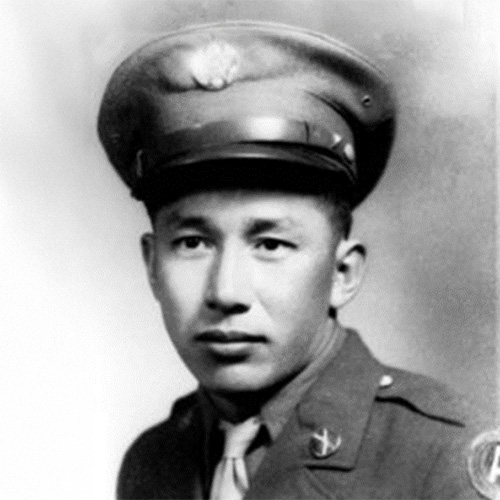
Featured Soldier Story
They were attacking well-entrenched enemy positions. Moving forward was difficult as they were constantly being pinned down and fired upon with deadly accuracy…Fellow soldiers were getting killed or wounded…Hajiro, under cover, was a few yards away from him.
Suddenly, he saw Hajiro boldly stand up and, loudly shouting expletives, advance alone with his BAR spitting fire. At that moment, he realized he couldn’t let Hajiro attack alone. Therefore, he himself stood up and started attacking, shouting and yelling at the top of his voice as he fired.
Then a strange thing happened. He saw other fellow soldiers moving forward, also firing and attacking with crazed-like shouts.
Moments in 442nd History
From the first moments of the attack on Pearl Harbor to fierce battles in Italy, France, and Germany to the liberation of Dachau and the heroic rescue of the Lost Battalion; Learn the extraordinary history of the 442nd RCT.
Pearl Harbor Aftermath
I couldn’t sleep late that fateful Sunday morning because of the constant rumbling of thunder that would not cease. Going outside I saw the sky black with smoke punctuated by puffs of white aerial bursts. “They’re sure making this maneuver look real!” I thought. “
ContinueAmerica’s Purple Heart Battalion
On the barren Italian hillside, Masayuki “Sparky” Matsunaga huddled behind a terrace wall and prayed for the dawn. He could barely move his wounded leg. But the darkness seemed to be lifting from the corpse-strewn battlefield.
ContinueWar and Internment
The wartime efforts of the Nisei soldier helped to pry open the doors to social and economic avenues that once seemed so out of reach. But not before 120,000 Japanese Americans had been imprisoned in barbed wire-enclosed camps in the barren wastelands of America.
ContinueLatest
442sd Merchandise






